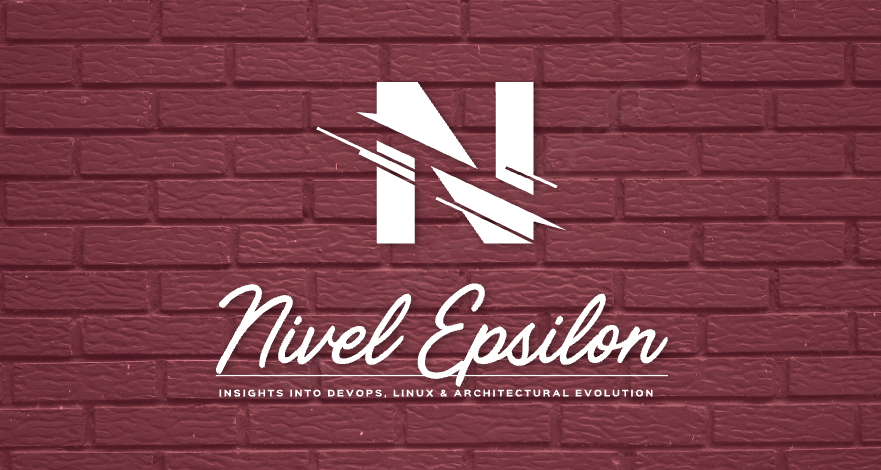
Cloud-native applications aren’t just a passing trend, they’re becoming the heart of how modern businesses deliver digital services. As organizations increasingly adopt cloud solutions, they’ve realized something quite fascinating. DevOps isn’t just nice to have; it has become essential.
Let’s explore why DevOps has become crucial for cloud-native applications and how it genuinely improves their lifecycle.
Streamlining releases with Continuous Integration and Continuous Deployment
Cloud-native apps are built differently. Instead of giant, complex systems, they consist of small, focused microservices, each responsible for a single job. These can be updated independently, allowing fast, precise changes.
Updating hundreds of small services manually would be incredibly challenging, like organizing a library without any shelves. DevOps offers an elegant solution through Continuous Integration (CI) and Continuous Deployment (CD). Tools such as Jenkins, GitLab CI/CD, GitHub Actions, and AWS CodePipeline help automate these processes. Every time someone makes a change, it gets automatically tested and safely pushed into production if everything checks out.
This automation significantly reduces errors, accelerates fixes, and lowers stress levels. It feels as smooth as a well-oiled machine, efficiently delivering features from developers to users.
Avoiding mistakes with intelligent automation
Manual tasks aren’t just tedious, they’re expensive, slow, and error-prone. With cloud-native applications constantly changing and scaling, manual processes quickly become unmanageable.
DevOps solves this through smart automation. Tools like Terraform, Ansible, Puppet, and Kubernetes ensure consistency and correctness in every step, from provisioning servers to deploying applications. Imagine never having to worry about misconfigured settings or mismatched versions again.
Need more resources? Just use AWS CloudFormation or Azure Resource Manager, and additional infrastructure is instantly available. Automation frees up your time, letting your team focus on innovation and creativity.
Enhancing visibility through continuous monitoring
When your application consists of many interconnected services in the cloud, clear visibility becomes vital. DevOps incorporates continuous monitoring at every stage, ensuring no issue remains unnoticed.
With tools like Prometheus, Grafana, Datadog, or Splunk, teams swiftly spot performance issues, errors, or security threats. It’s not just reactive troubleshooting; it’s proactive improvement, ensuring your application stays healthy, reliable, and scalable, even under intense complexity.
Faster and more reliable releases through Automated Testing
Testing often bottlenecks software delivery, especially for fast-moving cloud-native apps. There’s simply no time for slow testing cycles.
That’s why DevOps relies on automated testing frameworks and tools such as Selenium, JUnit, Jest, or Cypress. Each microservice and the overall application are tested automatically whenever changes occur. This accelerates release cycles and dramatically improves quality. Issues get caught early, long before they impact users, letting you confidently deploy new versions.
Empowering teams with effective collaboration
Cloud-native applications often involve multiple teams working simultaneously. Without strong collaboration, things fall apart quickly.
DevOps fosters continuous collaboration by breaking down barriers between developers, operations, and QA teams. Platforms like Slack, Jira, Confluence, and Microsoft Teams provide shared resources, clear communication, and transparent processes. Collaboration isn’t optional, it’s built into every aspect of the workflow, making complex projects more manageable and innovation faster.
Thriving with DevOps
DevOps isn’t just beneficial, it’s vital for cloud-native applications. By automating tasks, accelerating releases, proactively addressing issues, and boosting team collaboration, DevOps fundamentally changes how software is created and maintained. It transforms intimidating complexity into simplicity, enabling you to manage numerous microservices efficiently and calmly. More than that, DevOps enhances team satisfaction by eliminating tedious manual tasks, allowing everyone to focus on creativity and meaningful innovation.
Ultimately, mastering DevOps isn’t only about keeping up, it’s about empowering your team to create smarter, respond faster, and deliver better software. In today’s rapidly evolving cloud-native field, embracing DevOps fully might just be the most rewarding decision you can make.


